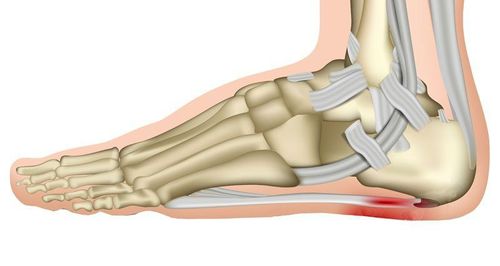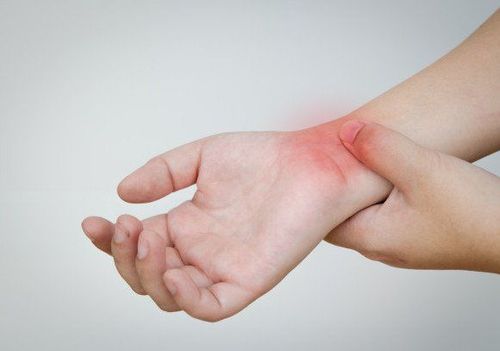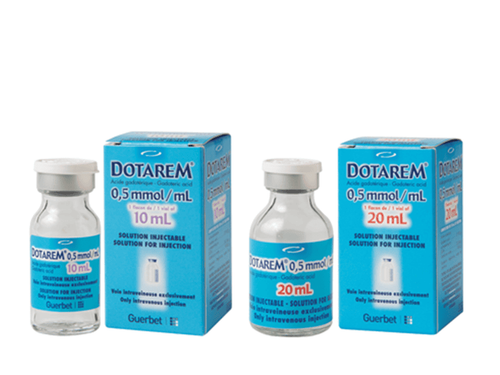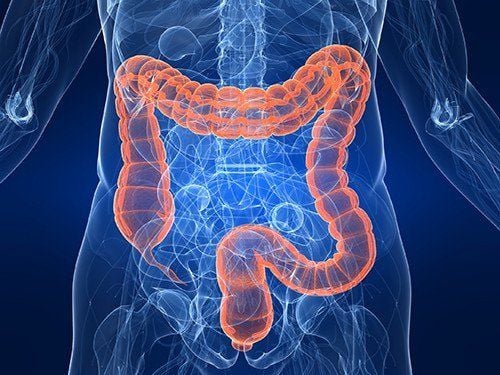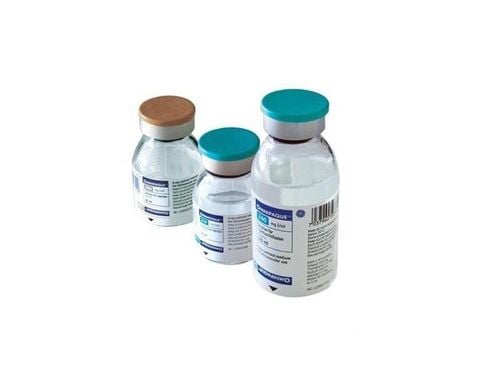This is an automatically translated article.
The article is professionally consulted by Master, Doctor Nguyen Viet Thu - Doctor of Radiology and Nuclear Medicine - Department of Diagnostic Imaging and Nuclear Medicine - Vinmec Times City International General Hospital.The shoulder blade connects the arm bone to the collarbone and chest wall, which is a triangular bone. There are many muscles around the shoulder blades, which protect, strengthen, and help move the bones. In fact, a shoulder blade fracture is very unlikely, only major trauma such as a traffic accident, sports injury or a fall can cause this condition.
1. Signs of shoulder blade fracture
When you break a bone, the main symptom that you often experience is swelling, pain, and bruising in the shoulder blade. Besides, you may have some other signs, such as:Injury to the arm, closer to the body than usual When moving the arm, the pain increases Unable to raise the arm Up Due to the movement of the chest wall causing the shoulder blades to move and cause pain, the patient feels pain with every deep breath Shoulder flattened or deformed You should see a doctor if you have the following symptoms:
Feeling pain when moving the shoulder Swollen shoulder around the shoulder bruises appear Within 3 to 5 days, shoulder pain does not improve Serious injuries to the shoulder, chest wall, back or neck can cause cause serious problems, so you need to go to the emergency room right away in these cases Contact the emergency center immediately if you have the following symptoms:
The injured hand no longer feels as good as before. Shallow breathing Abdominal pain Deformed or severe pain In the injured arm persistent tingling or weakness, numbness Usually, shoulder blade fracture Only occurs when there is a serious injury with great force to the shoulder blade, causing the bone to break. Chest wall, lung, and shoulder injuries are involved in 80% of shoulder blade fractures. Some specific causes of shoulder blade fracture such as:
Motorcycle or car accident Fall and shoulder impact on the ground Falling in the position of arms extended Shoulder impacted by a strong force

2. Medical techniques to help diagnose shoulder blade fractures
The doctor will conduct a sensory examination in the affected area of the fracture to assess swelling, pain, deformity, open wound or not during examination. Then, the severity of the fracture will be determined and the location of the fracture will be marked to check for joint and nerve damage.Your doctor will ask you to do a physical exam to see if the shoulder blade is misaligned if a broken shoulder blade is suspected. To diagnose this condition, the doctor will apply a number of medical techniques, such as:
X-ray of the shoulder joints and rib cage Evaluate other injuries through CT scans of the chest and abdomen Diagnose fractures shoulder blade via MRI or CT
3. Treatment of shoulder blade fracture
Treatments will be given depending on the severity and deviation of the fracture line.Conservative Treatment: Most shoulder blade fractures can be treated without surgery. In order for the bone to heal, the doctor will immobilize the shoulder by wearing an 8 collar that holds the collarbone for a while. However, the treatment of shoulder blade fractures has changed a lot in the past 10 years. For the conservative treatment of shoulder blade fractures, there are still some problems such as prolonged immobilization time, about 15 to 20% of cases do not heal the clavicle, about 15-20% of cases of bone healing. bad after conservative treatment, unbalanced shoulders, high shoulder blades, unsightly. Additionally, to help increase shoulder mobility and reduce stiffness and pain, your doctor will also recommend physical therapy. Until your doctor orders physical therapy, you'll also need to rest before that. You will need physical therapy until your shoulder is fully functional. Surgical treatment: You will be sedated during the surgery. Using specialized metal plates, screws, or wires, the surgeon will bring the bones back into alignment and possibly reattach them. You will also need rest and physical therapy until your shoulder is fully functional again after surgery. Only a few cases of shoulder blade fractures are indicated for surgery, including: Combined with displaced lateral clavicle fractures, broken clavicle shaft fractures with displaced fragment, complicated clavicle fractures (open fracture, vascular injury...) or after conservative treatment of shoulder blade fracture without bone healing. Today, surgical indications are expanded, along with the development of anesthesia, surgical instruments and tools, as well as surgical techniques. The doctor will make appropriate considerations based on the patient (age, occupation, mobility needs, comorbidities...) as well as fracture status (osteoporosis, characteristics of fracture area, fracture area) displacement, local software damage, coordination damage, etc.). Therefore, in order to examine and receive appropriate treatment, patients need to go to the trauma department of the hospital. You rarely have unwanted risks with non-surgical treatment. However, you may experience some minor complications with surgical treatment, such as:
Undesirable reactions to anesthesia Serious bleeding Infections During surgery may go wrong Nerve Injury
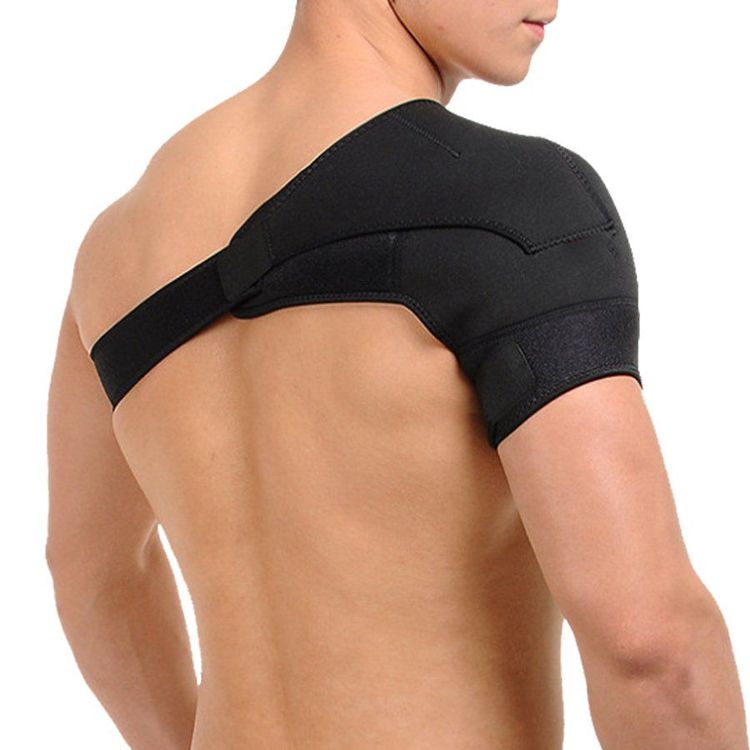
Broken bones may heal but may not stay in place if left untreated. This causes pain, stiffness or difficulty in movement, a bump on the back of the shoulder blade.
Currently, X-ray is an imaging method performed routinely at Vinmec International General Hospital, including shoulder blade X-ray technique. The X-ray process at Vinmec is carried out methodically with a team of technicians and doctors of the Department of Diagnostic Imaging with many years of experience. In addition, Vinmec is now equipped with the most modern digital X-ray machines, meeting international standards for realistic and clear images, helping doctors to accurately diagnose diseases and stages. stage of the disease, thereby providing effective treatment, creating a sense of safety for the patient.
Any questions that need to be answered by a specialist doctor as well as customers wishing to be examined and treated at Vinmec International General Hospital, please register for an online examination on the Website for the best service.
Please dial HOTLINE for more information or register for an appointment HERE. Download MyVinmec app to make appointments faster and to manage your bookings easily.






